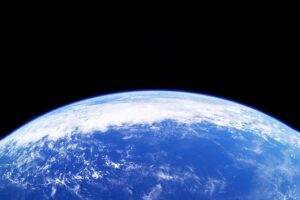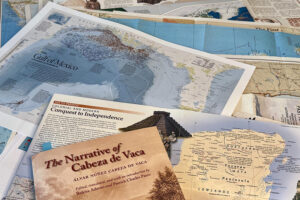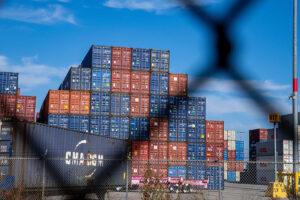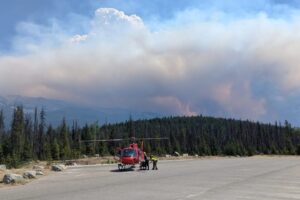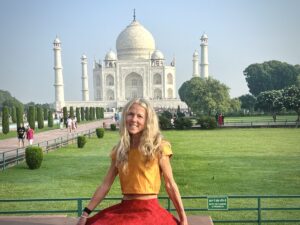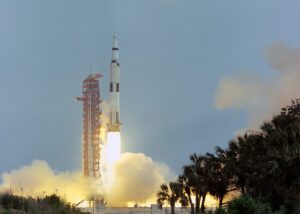What is it about human nature that causes us to create our own belief system? That personal thing that determines how we choose to live and see the world? And when we meet those who oppose our beliefs, we are forced to grapple with how to approach their view. Theirs is not necessarily correct or incorrect, but different, confusing, even disturbing.
The Susquehanna River is a 715km stretch of river running through the eastern United States. The Susquehanna is the 16th largest river in the U.S. and largest on the East Coast. This river is also one of the oldest in the world and is ignored by commercial boats today, despite playing an integral role in early American transportation.
Since bridges replaced ferries and railways replaced canals, the Susquehanna River served mostly recreational fishing and boating. Then in 1979, the nuclear accident at nearby Three Mile Island returned the old river to the spotlight. Radiation testing lasted 25 years and concluded that no lasting damage had afflicted the area.
More recently, geologists discovered that the Susquehanna River sits atop one of the largest reserves of natural gas on the planet. Companies are using the unregulated process known as hydraulic fracturing (fracking) to access it.
Fracking is a drilling method to extract natural gas and oil from deep within the earth, or in this case, below the Susquehanna River. In the process, cracks in and below the earth are widened by injecting water, chemicals and sand at high pressure. The chemicals are a point of contention.

A group of free spirits built junk rafts and spent two summers floating Huck Finn-like down the Susquehanna River.
During the summer of 2009, a group of free spirits — pondering how we interact with the environment — decided to create junk rafts and embark on an “endless summer of swimming holes, rope swings and downstream drifts”. Against a backdrop of banjo (or perhaps ukulele?) strumming, the group experienced a carefree, magical summer. They vowed to return for more the following year.
By the next summer, though, the natural gas industry had arrived. Of course, it ruined the magic, so the group began to devote themselves to investigation and advocacy rather than play. They set up appointments with families whose houses bordered the river, many of whom have lived on the Susquehanna River for generations. They spoke to them and listened.
To the untrained eye, their properties are visions of paradise, albeit a quaint, off-the-beaten-track paradise: serene, peaceful, and spacious dwellings overlooking the slow drift of the Susquehanna River.
The locals, we learn, know how to tell a good yarn, although the narrative of fracking destroying their water was no fairy tale. Stories emerged of tap water catching fire, and hair falling out. Trout swam belly up and iron oxide, diesel and hydraulic fluid turned up in household water.

Locals reported diesel and iron oxide in their household water.
Residents told how in 2008, each household was offered gas lease contracts. Some refused, and a rift developed between the families. Accusations flew back and forth, and it got ugly at times. It was said that some local councilors were moonlighting for the natural gas companies.
The film shows the team’s attempts to understand and affect this delicate and controversial issue. Like most environmentalists who tackle large-scale issues, they are mostly heard by the people who agree with them already. Corporate society, whose minds they sought to change, remained unmoved.
In the end, all they could do was offer a sympathetic ear to the affected families, whose magic river had been replaced by diesel-infused water.

